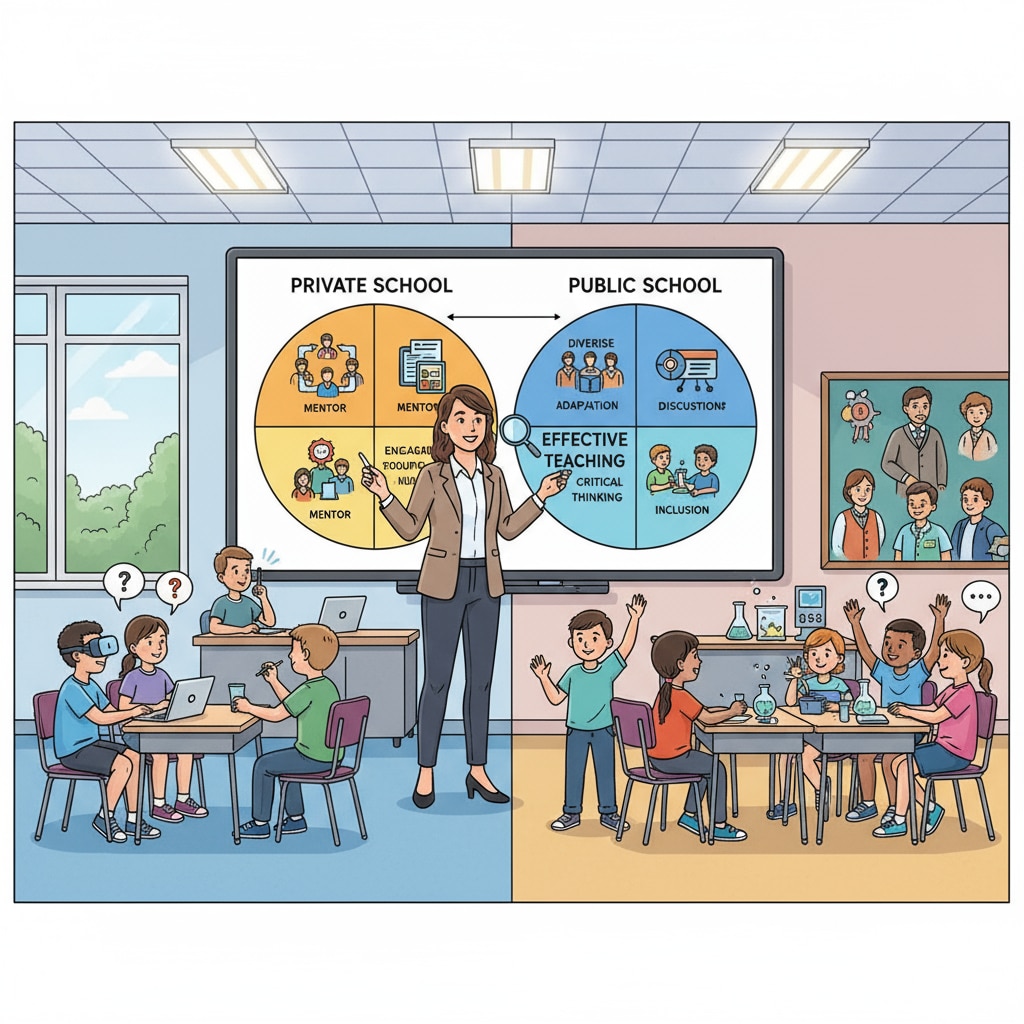When it comes to children’s education, the decision between private and public schools is a significant one. Parents are often at a crossroads, trying to determine the best path for their children. The choice of educational institution can have a profound impact on a child’s development and future. In this article, we will explore the factors that parents should consider when making this decision, as well as the advantages and disadvantages of both private and public schools.

The Significance of Educational Institution Selection
The choice between private and public schools is not just about picking a place for children to learn. It involves considering the educational philosophy, teaching methods, available resources, and the overall learning environment. These elements can shape a child’s learning experience and academic achievements. For example, some children may thrive in a more structured environment, while others may benefit from a more flexible and creative approach. Therefore, understanding your child’s needs and learning style is the first step in making the right choice.

Advantages of Private Schools
Private schools often offer smaller class sizes, which means more individualized attention for students. Teachers can focus on each student’s strengths and weaknesses, providing tailored instruction. In addition, private schools may have more resources at their disposal, such as state-of-the-art facilities and a wider range of extracurricular activities. This allows students to explore their interests and develop diverse skills. According to Britannica, private schools also often have a more specialized curriculum, which can be beneficial for students with specific academic goals. However, it’s important to note that private schools usually come with a higher price tag, which is a significant consideration for many families.
Benefits of Public Schools
Public schools are funded by the government, making them more affordable for most families. They also offer a diverse student body, which exposes children to different cultures, backgrounds, and perspectives. This can help in developing social skills and a sense of community. Public schools follow a standardized curriculum, ensuring that students receive a well-rounded education. As stated on Wikipedia, they also often have more extensive support systems in place for students with special needs. Moreover, public schools play a crucial role in providing equal educational opportunities for all children.
When making the decision between private and public schools, parents should also take into account the different educational stages of their children. For younger children, the focus may be on building a strong foundation in basic skills and social interaction. As children grow older, factors such as academic rigor and college preparation become more important. In conclusion, the choice between private and public schools in children’s education requires careful consideration of multiple factors. By understanding the advantages and disadvantages of each option and evaluating your child’s needs, you can make an informed decision that sets them on the path to success.
Readability guidance: This article uses short paragraphs to present clear ideas. Each H2 section provides a focused discussion. The passive语态 has been minimized, and transition words like “however”, “therefore”, “in addition”, and “for example” have been used to enhance the flow of the text.


